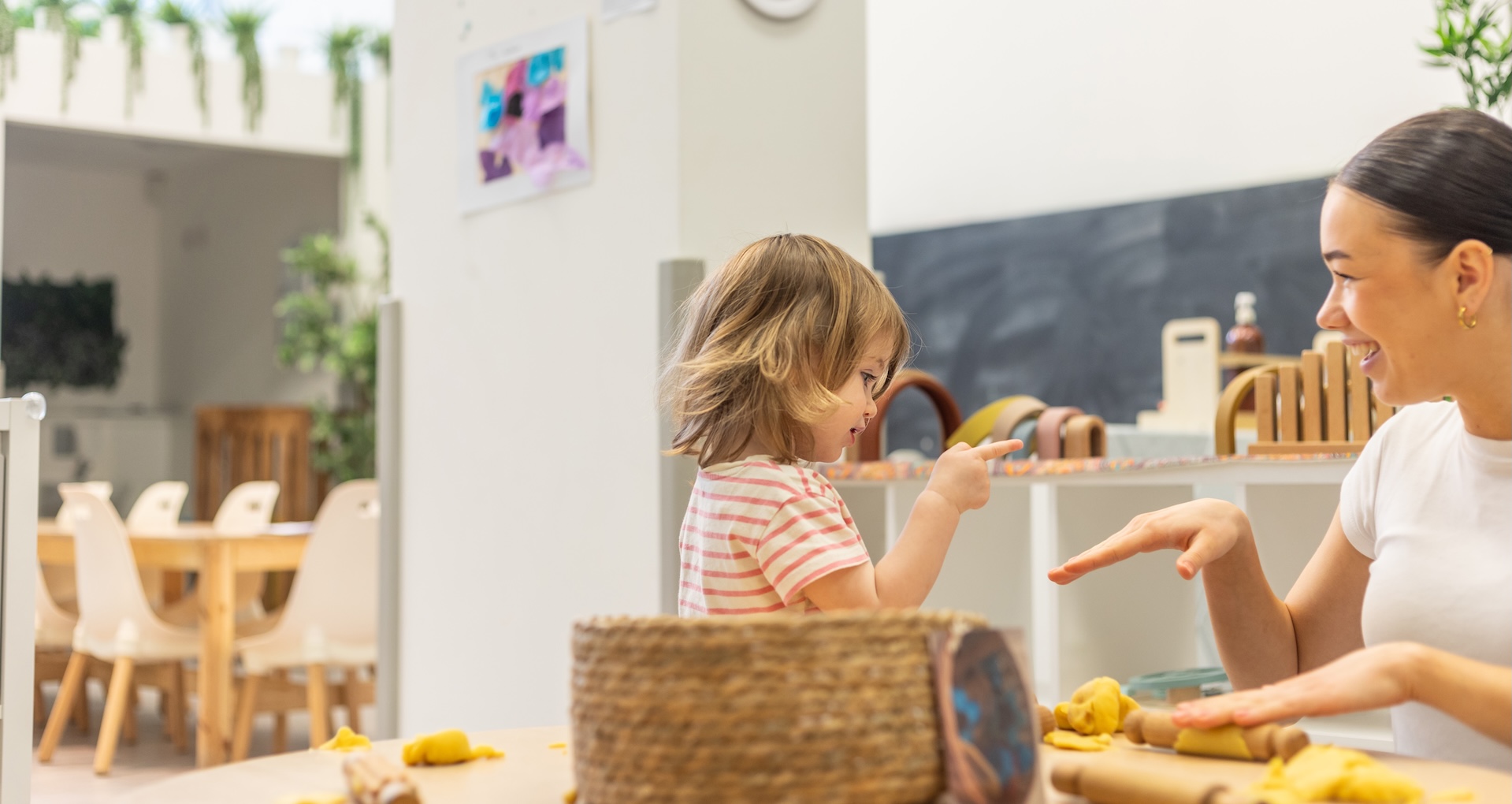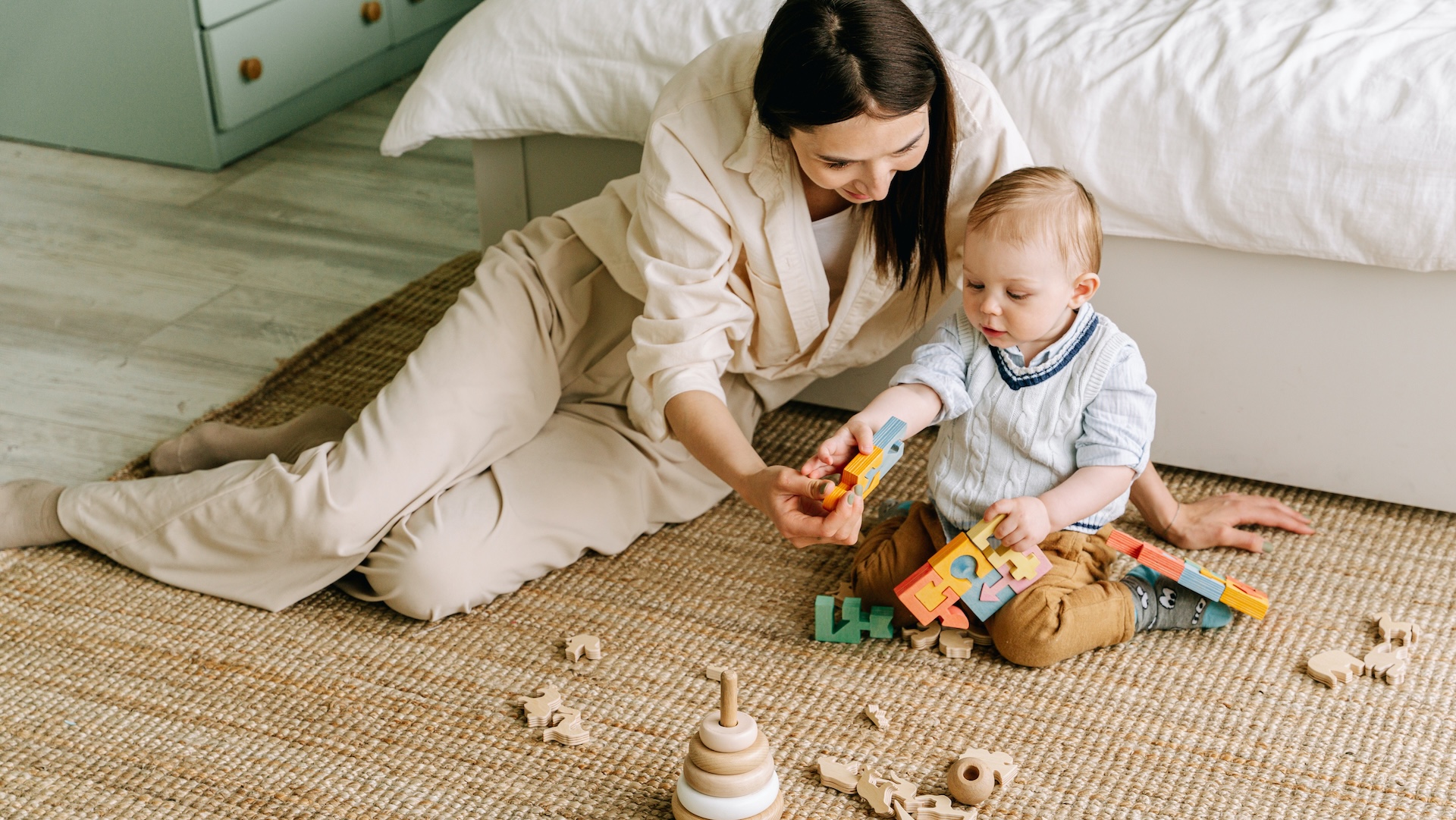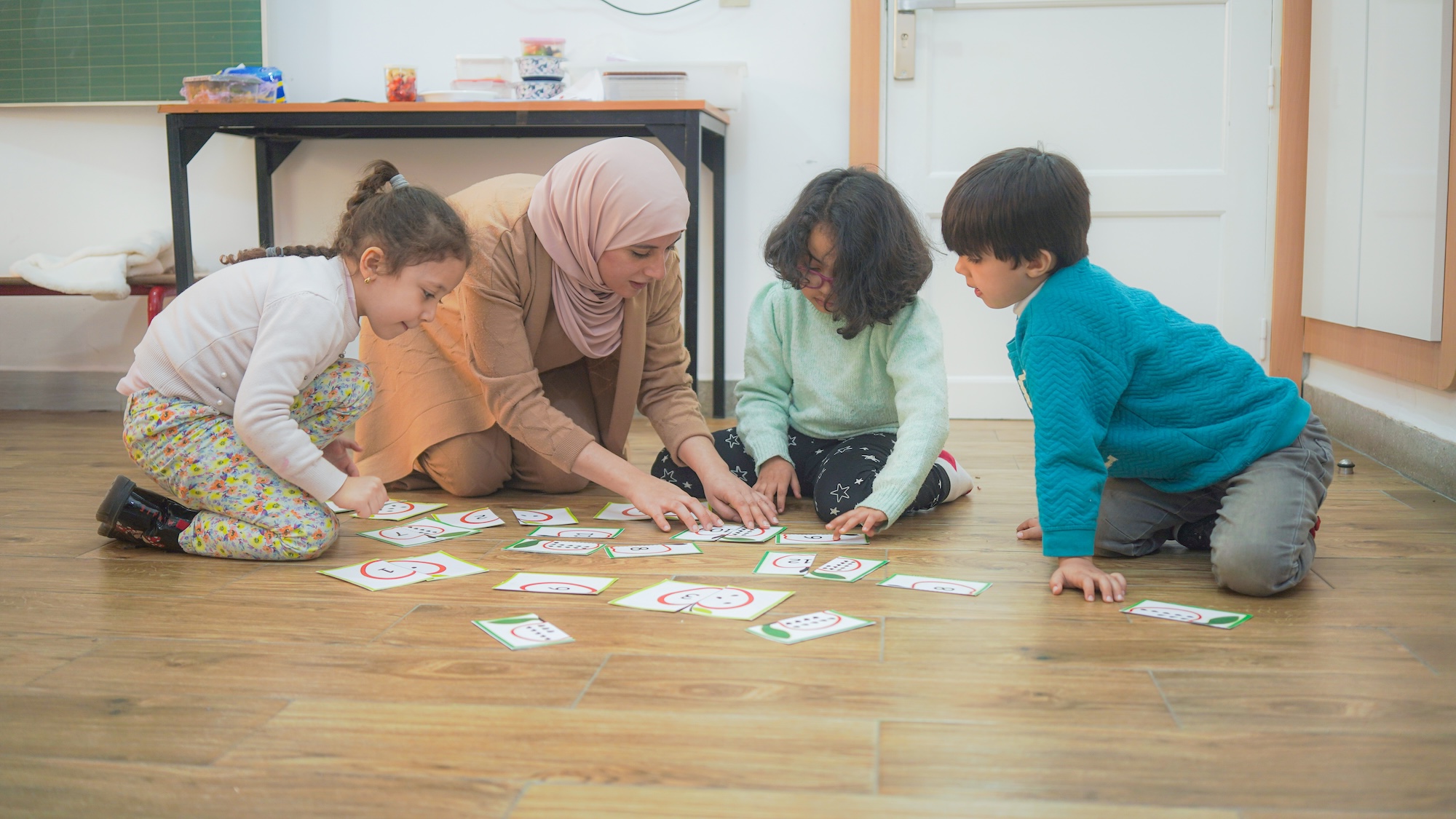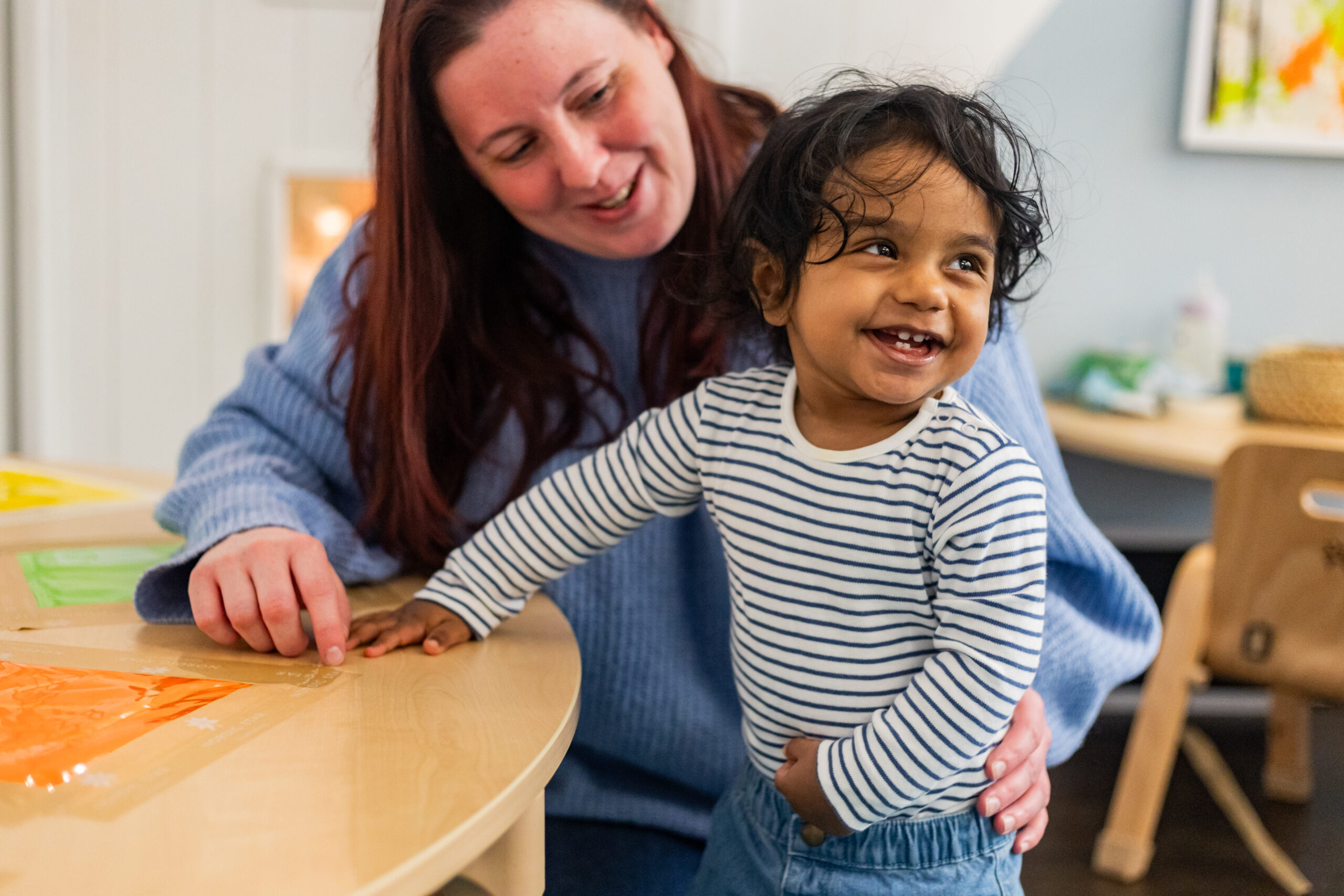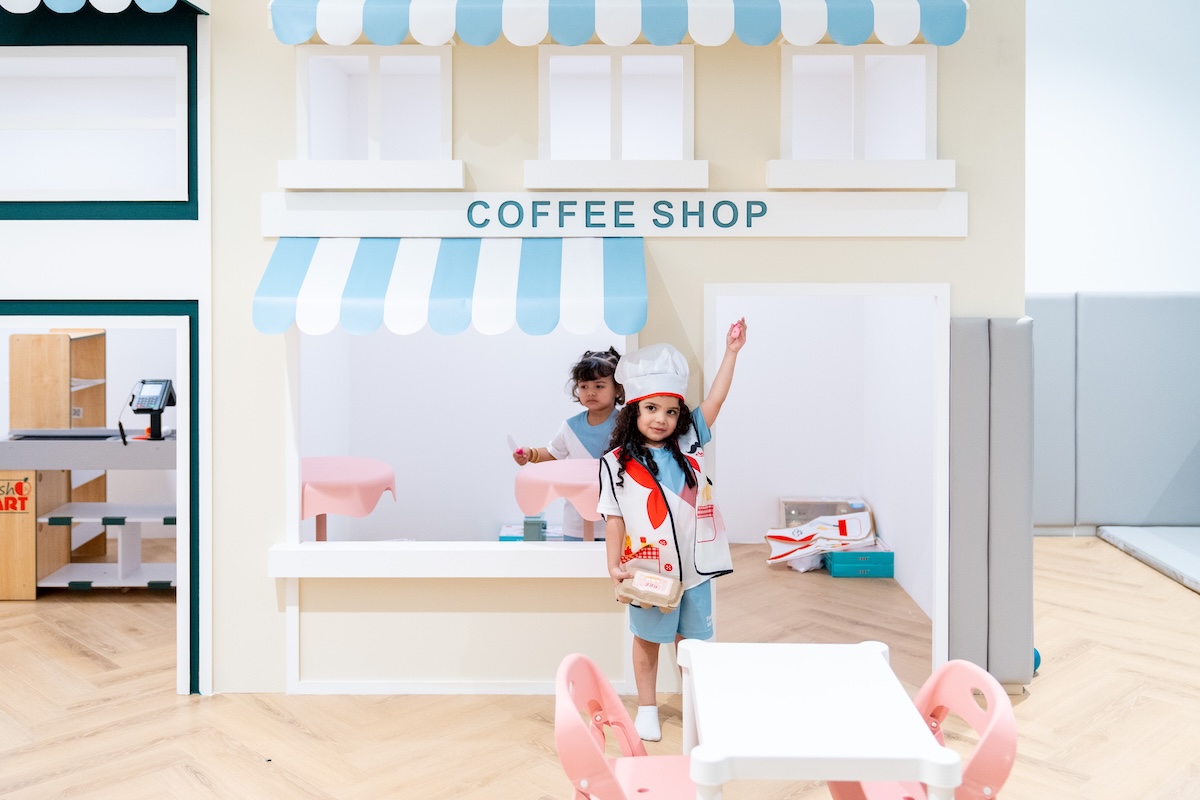Introduction: A new chapter for early learning
As we enter 2025, early childhood education is evolving towards more child-centred and holistic approaches. Around the world, educators are recognising that early learning is not about academic acceleration but about curiosity, creativity, and connection.
The FinlandWay approach reflects this shift. Grounded in play-based and participatory pedagogy, it focuses on supporting the whole child – nurturing mental, social and physical well-being. Instead of relying on screens or early academics, children learn through exploration, collaboration and reflection. Teachers guide discovery, families participate actively, and children develop a sense of belonging and confidence in their abilities.
This movement marks a new chapter in early learning – one that values joy, curiosity and participation as the true foundations of lifelong learning.
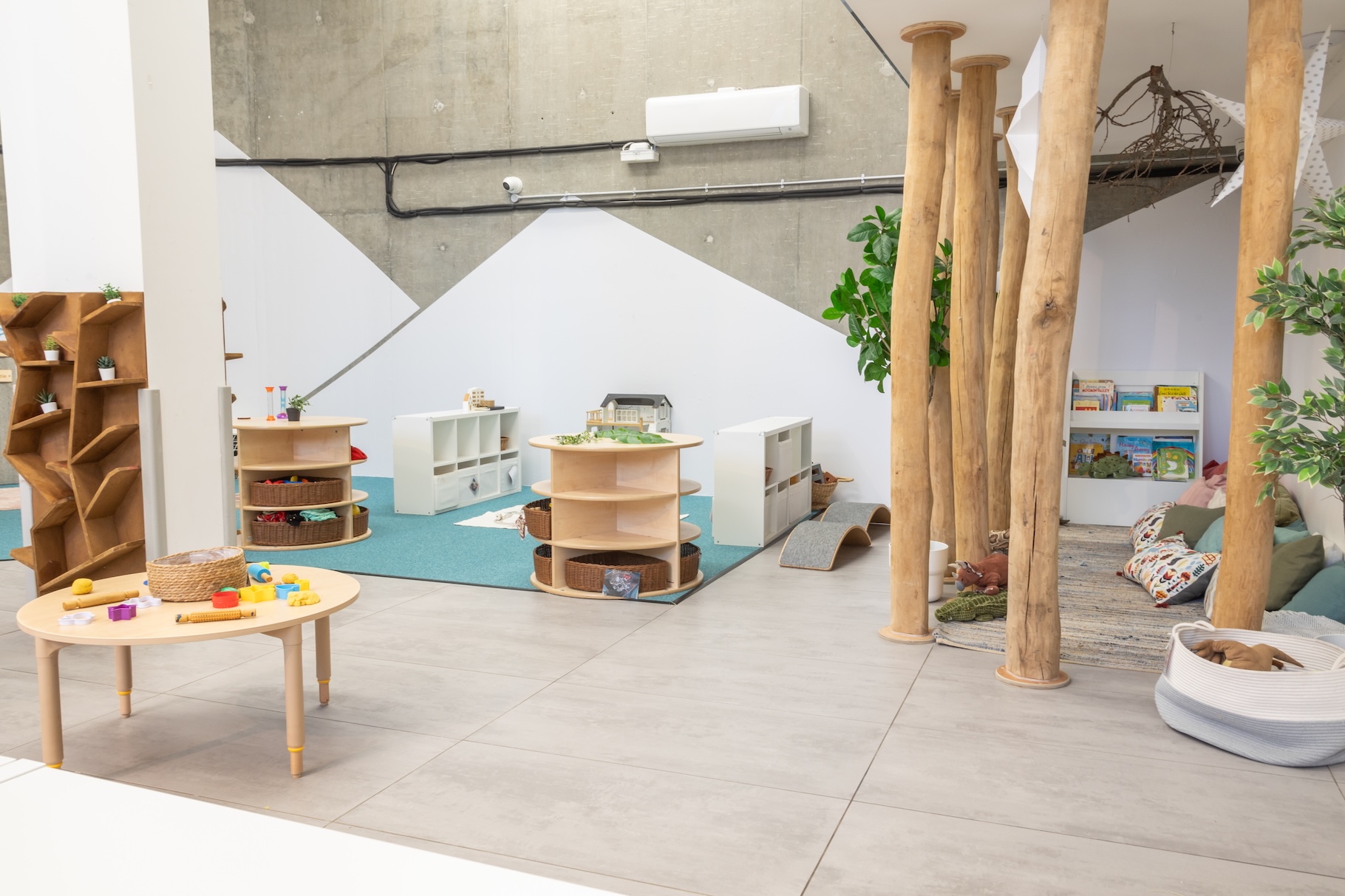
Phenomenon-based learning: Making sense of the world through real experiences
Phenomenon-based learning encourages children to explore real-world themes through curiosity and play. Instead of separating learning into subjects, children investigate broad, meaningful topics such as “seasons”, “city life”, or “water”, connecting science, art, language, and life skills.
This approach mirrors how young children naturally learn – by observing, experimenting and making sense of the world as a whole. A project about the local park, for instance, may include:
- Counting leaves and observing seasonal change
- Drawing trees and discussing habitats
- Talking about caring for nature and local animals
- Sharing personal stories and experiences from outdoor play
Learning becomes relevant, collaborative and joyful. It fosters critical thinking, empathy and curiosity – qualities that lie at the heart of FinlandWay’s philosophy and the future of early education.
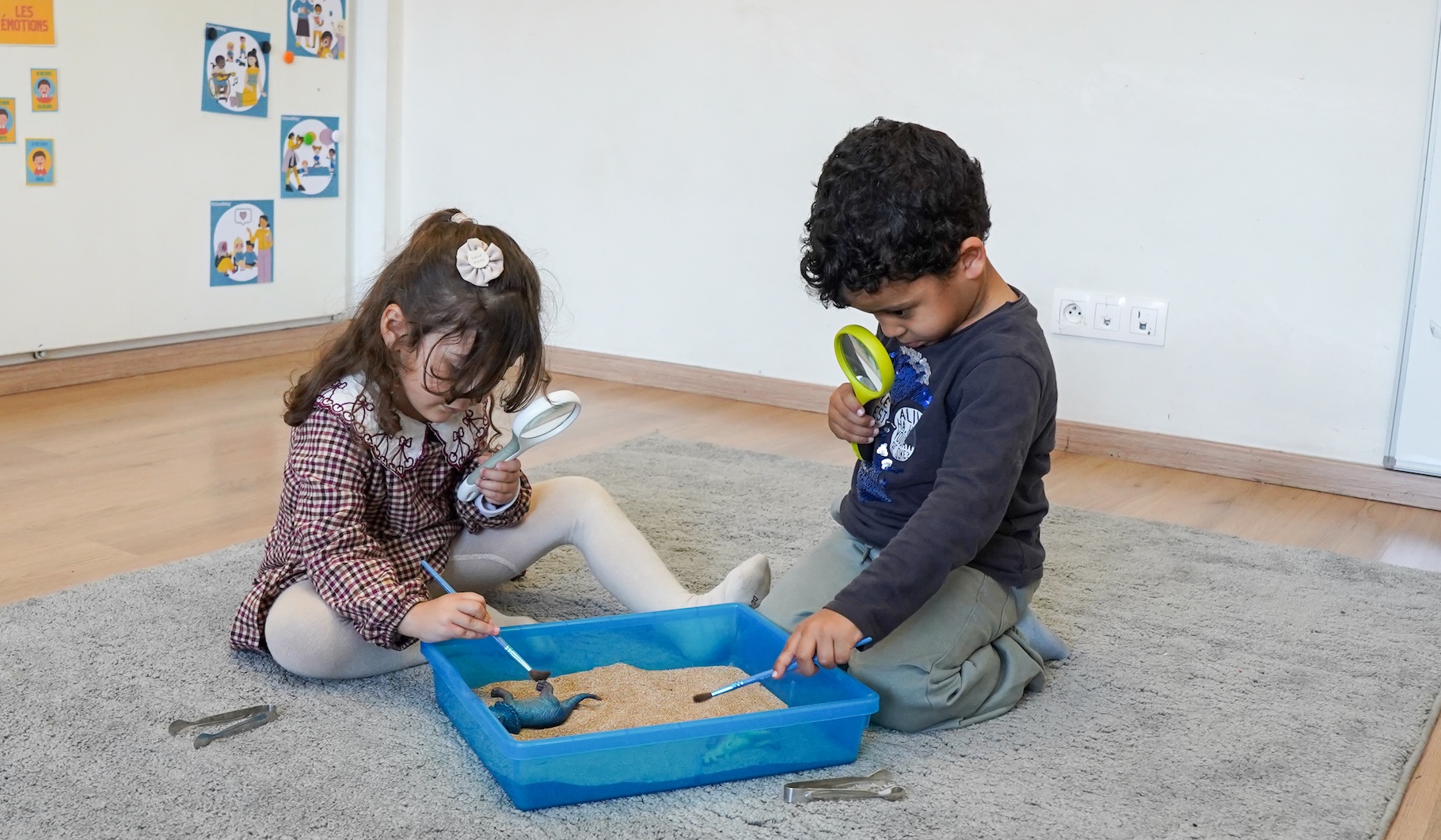
Play-based pedagogy: The heart of learning
Play is not a break from learning; it is how young children learn best. In 2025, educators are increasingly recognising play as a powerful tool for developing creativity, problem-solving and emotional intelligence.
Finland’s play-based approach combines free play with guided experiences, where children:
- Explore interests through imagination, movement and storytelling
- Build language and cooperation through group games
- Develop self-regulation and resilience through social play
Teachers observe and extend play by introducing materials, questions, or challenges that help deepen learning. They also document these moments to understand each child’s growth and plan future activities. The result is a classroom where curiosity thrives and learning feels natural and meaningful.
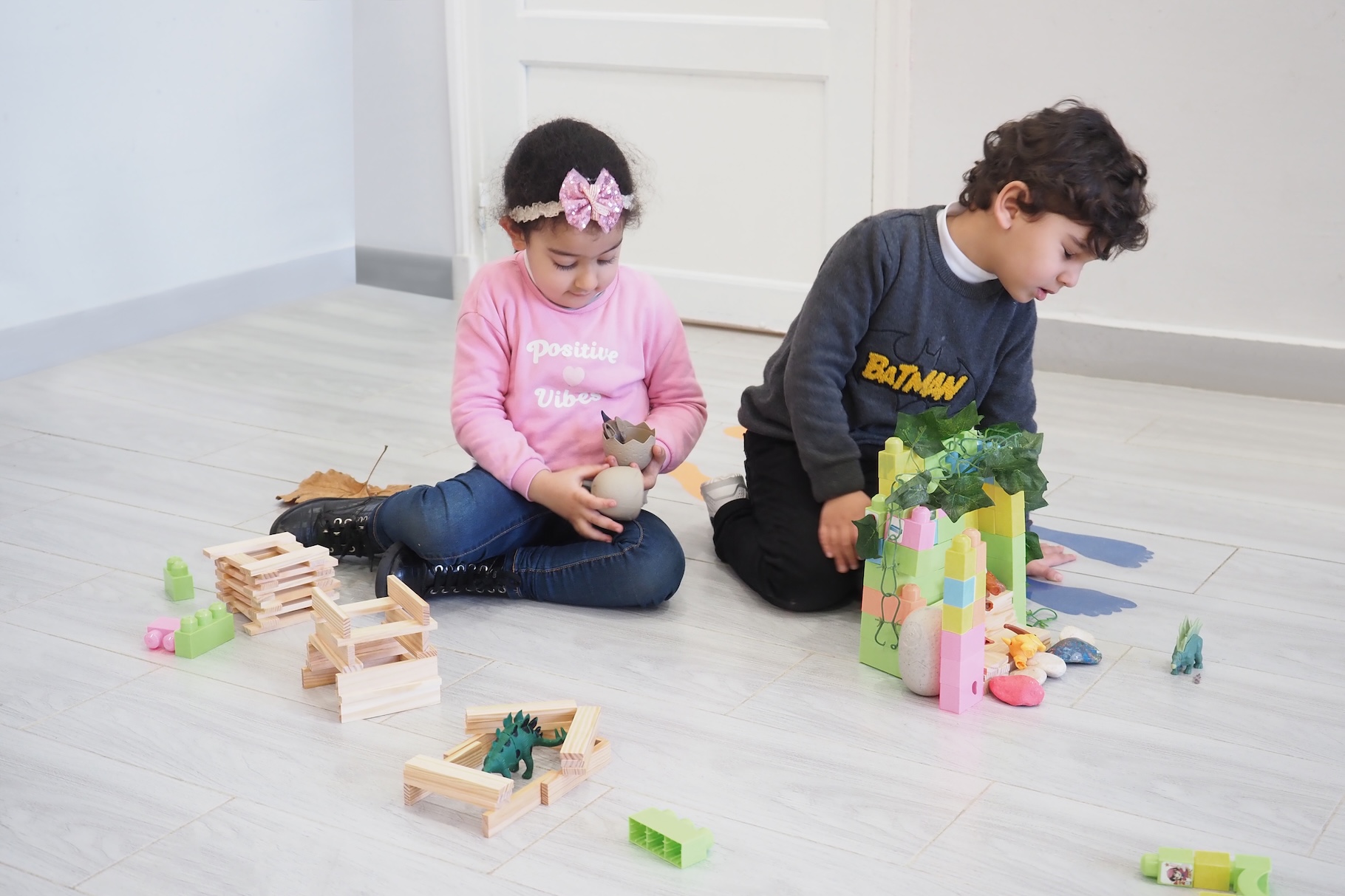
Participatory pedagogy: Empowering young voices
Participatory pedagogy views children as capable contributors to their own learning. It gives them a sense of ownership, belonging and empowerment. In a participatory classroom, children:
- Help decide on daily routines and project themes
- Contribute ideas for how spaces are organised
- Reflect together on what they have learned
This democratic approach builds confidence and responsibility. Teachers listen to children’s ideas and incorporate them into planning, showing that their voices matter. Families and communities are also part of this process, strengthening the bond between home and school.
When children are trusted as active participants, they learn not just about the world, but about their ability to shape it.
Technology as an aid: Communication and collaboration with families
Technology plays an important role in connecting schools and families as a bridge for communication. In FinlandWay settings, technology is used to:
- Share photos and updates from daily activities
- Maintain digital portfolios that showcase children’s learning
- Communicate openly and regularly with parents
This transparency fosters trust and strengthens relationships. Parents are encouraged to continue exploration at home through play and shared experiences. Instead of replacing human connection, technology in FinlandWay schools supports it, ensuring that families remain engaged, informed and valued.
The whole child approach: Nurturing well-being and growth
The FinlandWay philosophy embraces the whole child – recognising that mental, social and physical well-being are deeply connected. Learning happens best when children feel safe, supported and happy. Educators aim to:
- Create calm, inclusive environments that promote belonging
- Include daily routines with movement, outdoor play and creativity
- Integrate empathy, cooperation and mindfulness into group activities
Teacher well-being is also essential. When educators feel valued and cared for, they can better nurture the children in their care. A healthy, happy community is the strongest foundation for learning.
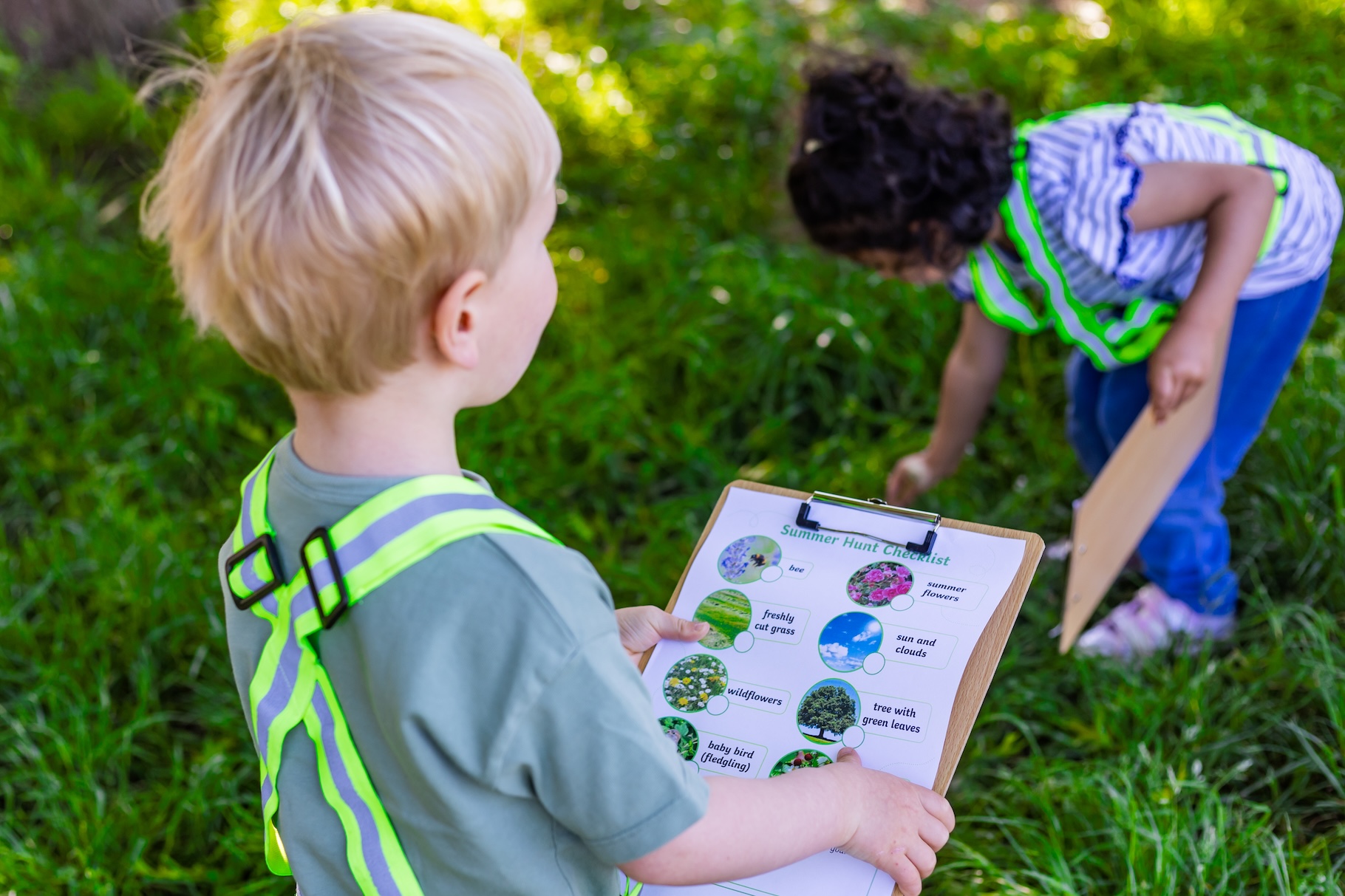
Media literacy and critical thinking from the early years
While digital tools have limited roles in preschool learning, media awareness is becoming increasingly important. Even young children encounter images, videos and stories that shape their understanding of the world. Educators can:
- Help children distinguish between real and imaginary
- Encourage questions and reflections about what they see
- Use stories to discuss how media is created and interpreted
This early foundation supports balanced, reflective thinking and prepares children to navigate a complex media environment later in life.
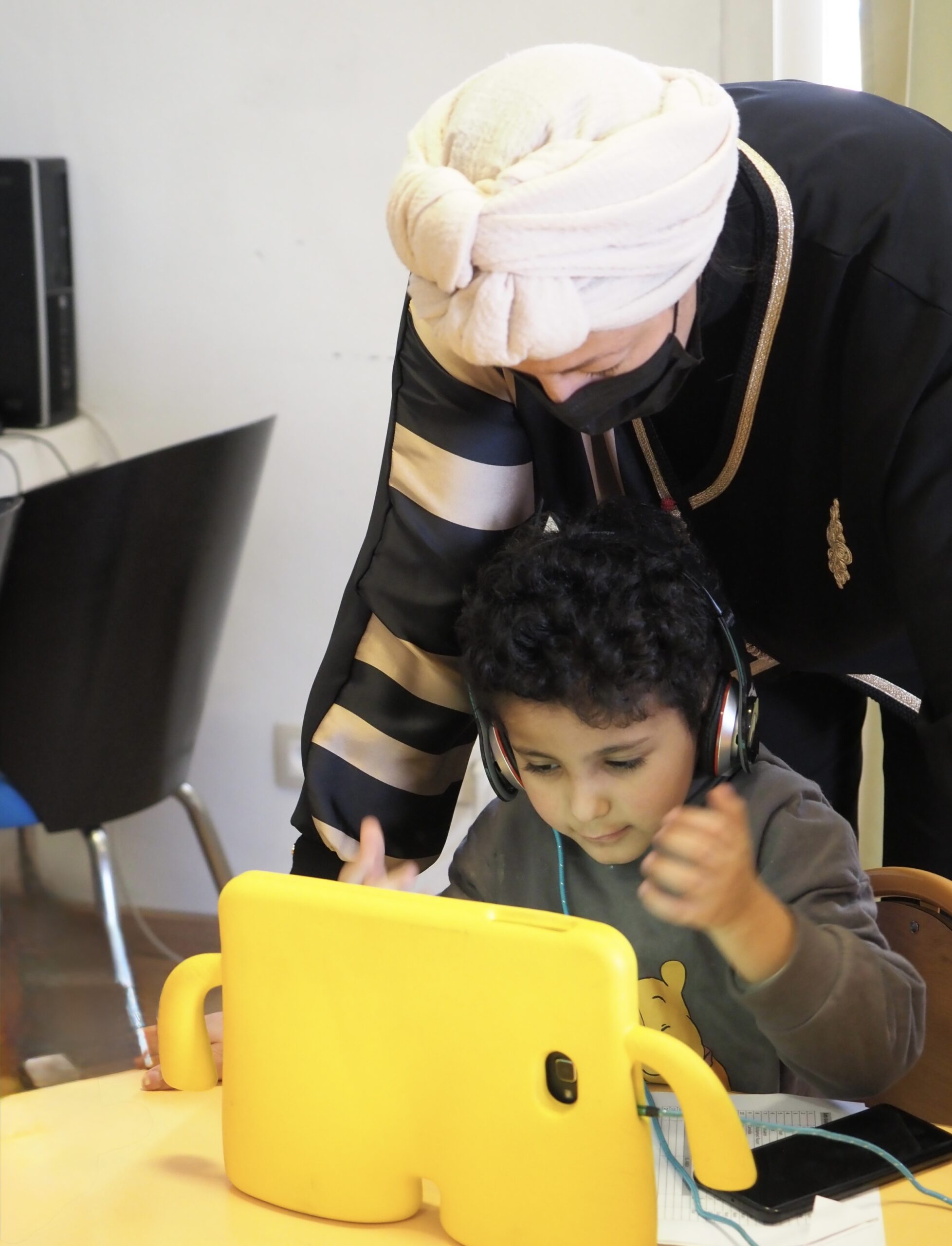
| Trend | Focus | Benefit |
| Phenomenon-based learning | Real-world exploration and interdisciplinary themes | Encourages curiosity, connection, and critical thinking |
| Play-based pedagogy | Learning through joy, imagination, and interaction | Builds creativity, social skills, and self-regulation |
| Participatory pedagogy | Involving children and families in planning and reflection | Promotes agency, confidence, and community engagement |
| Technology as an aid | Communication and documentation for families | Strengthens home-school partnerships and transparency |
| Whole child approach | Mental, social, and physical well-being | Ensures balanced growth and lifelong well-being |
| Media literacy | Early critical thinking about media and messages | Develops awareness and healthy digital habits |
Looking ahead: The future of preschool education
The future of early education lies not in screens or systems, but in relationships, curiosity and joy. Finland’s educational principles – trust, autonomy, participation and play – are inspiring educators worldwide to create learning environments where children flourish as thinkers, collaborators and citizens.
As 2025 unfolds, the most powerful innovations in preschool education are human ones: teachers who listen, children who wonder, and families who learn together. By nurturing the whole child and valuing play, participation and well-being, we prepare the next generation not just for school, but for life.
Q&A: Common questions about preschool education trends
- How does phenomenon-based learning differ from traditional teaching?
It integrates subjects around real-world themes, allowing children to explore concepts holistically through play and inquiry rather than through isolated lessons. - Why is play considered central to learning in early childhood?
Play supports cognitive, social and emotional development, helping children to build confidence, creativity, and problem-solving skills in a natural and joyful way. - How can families be more involved in preschool learning?
Regular communication, shared projects, and digital portfolios allow parents to understand and extend their child’s learning journey at home. - What does the whole child approach mean in practice?
It means ensuring that every child’s mental, social and physical well-being is supported equally – creating safe, inclusive spaces where children can thrive in all areas of development.
Conclusion
The Preschool Curriculum in 2025 is more than a teaching plan—it’s a roadmap for raising adaptable, curious, and resilient children. By integrating play, technology, social-emotional learning, inclusivity, and sustainability, preschools are preparing the next generation for a complex world.
At FinlandWay Schools, we believe in shaping future-ready children through a holistic curriculum that balances academic growth with emotional wellbeing and creativity.
